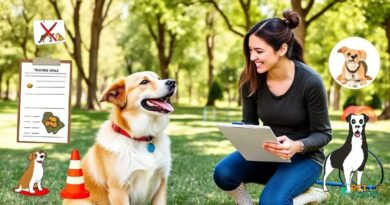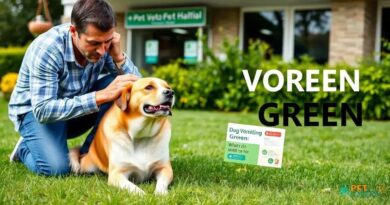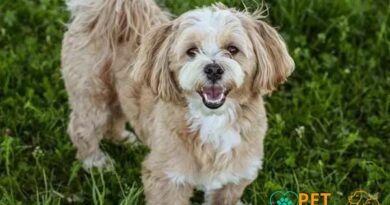What is bloat prevention
Understanding Bloat in Dogs
Bloat, also known as gastric dilatation-volvulus (GDV), is a serious condition that affects dogs, particularly large and deep-chested breeds. It occurs when the stomach fills with gas, food, or fluid, causing it to expand. This can lead to a twisting of the stomach, which can cut off blood flow and be life-threatening. Understanding what bloat is and how it can be prevented is crucial for dog owners.
Signs and Symptoms of Bloat
Recognizing the signs of bloat is essential for early intervention. Common symptoms include a distended abdomen, excessive drooling, restlessness, and signs of pain such as whining or pacing. Dogs may also attempt to vomit without success. If you observe these symptoms, it is vital to seek veterinary assistance immediately, as bloat can progress rapidly.
Risk Factors for Bloat
Certain breeds are more predisposed to bloat, including Great Danes, Doberman Pinschers, and Boxers. Other risk factors include age, eating habits, and stress levels. Dogs that eat quickly, are fed only one large meal a day, or have a family history of bloat are at a higher risk. Understanding these factors can help owners take preventive measures.
Feeding Practices to Prevent Bloat
One of the most effective ways to prevent bloat is through proper feeding practices. It is advisable to feed dogs smaller, more frequent meals rather than one large meal. Using slow-feed bowls can also help reduce the speed at which dogs eat, minimizing the risk of bloat. Additionally, ensuring that dogs remain calm after eating can further decrease the likelihood of this condition.
Hydration and Bloat Prevention
Hydration plays a significant role in preventing bloat. Dogs should always have access to fresh water, but it is essential to monitor their water intake, especially after meals. Allowing dogs to drink small amounts of water before and after eating can help reduce the risk of bloat. Avoiding excessive water intake immediately after meals is also recommended.
Exercise and Its Role in Bloat Prevention
Regular exercise is crucial for maintaining a healthy digestive system in dogs. Engaging in moderate physical activity after meals can help promote digestion and reduce the risk of bloat. However, it is essential to wait at least an hour after eating before allowing dogs to engage in vigorous exercise, as this can exacerbate the risk of bloat.
The Importance of Veterinary Care
Routine veterinary check-ups are vital for monitoring your dog’s health and identifying any potential risks for bloat. Discussing your dog’s diet, exercise routine, and any family history of bloat with your veterinarian can provide valuable insights. Additionally, if your dog has experienced bloat in the past, your vet may recommend preventive measures tailored to your pet’s specific needs.
Emergency Response to Bloat
In the event that you suspect your dog is experiencing bloat, acting quickly is crucial. Time is of the essence, and immediate veterinary care is necessary to address the condition. Knowing the nearest veterinary emergency clinic and having a plan in place can save your dog’s life. Do not attempt to treat bloat at home; professional intervention is essential.
Conclusion on Bloat Prevention
While this section does not conclude the discussion, it is essential to emphasize that bloat prevention is an ongoing process. By understanding the risks, implementing proper feeding and exercise practices, and maintaining regular veterinary care, dog owners can significantly reduce the chances of their pets experiencing this dangerous condition. Awareness and proactive measures are key to ensuring the health and safety of your furry companions.



